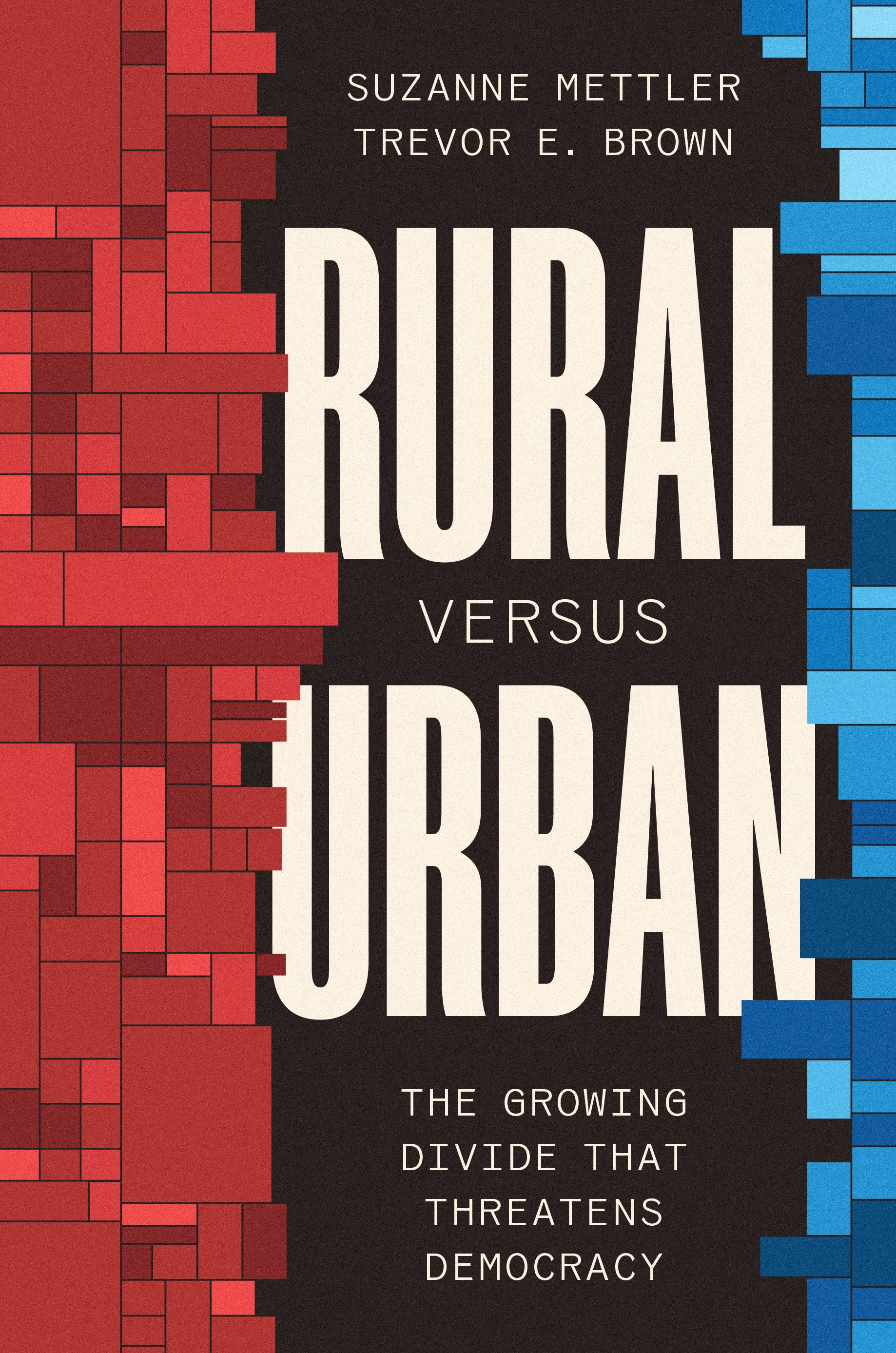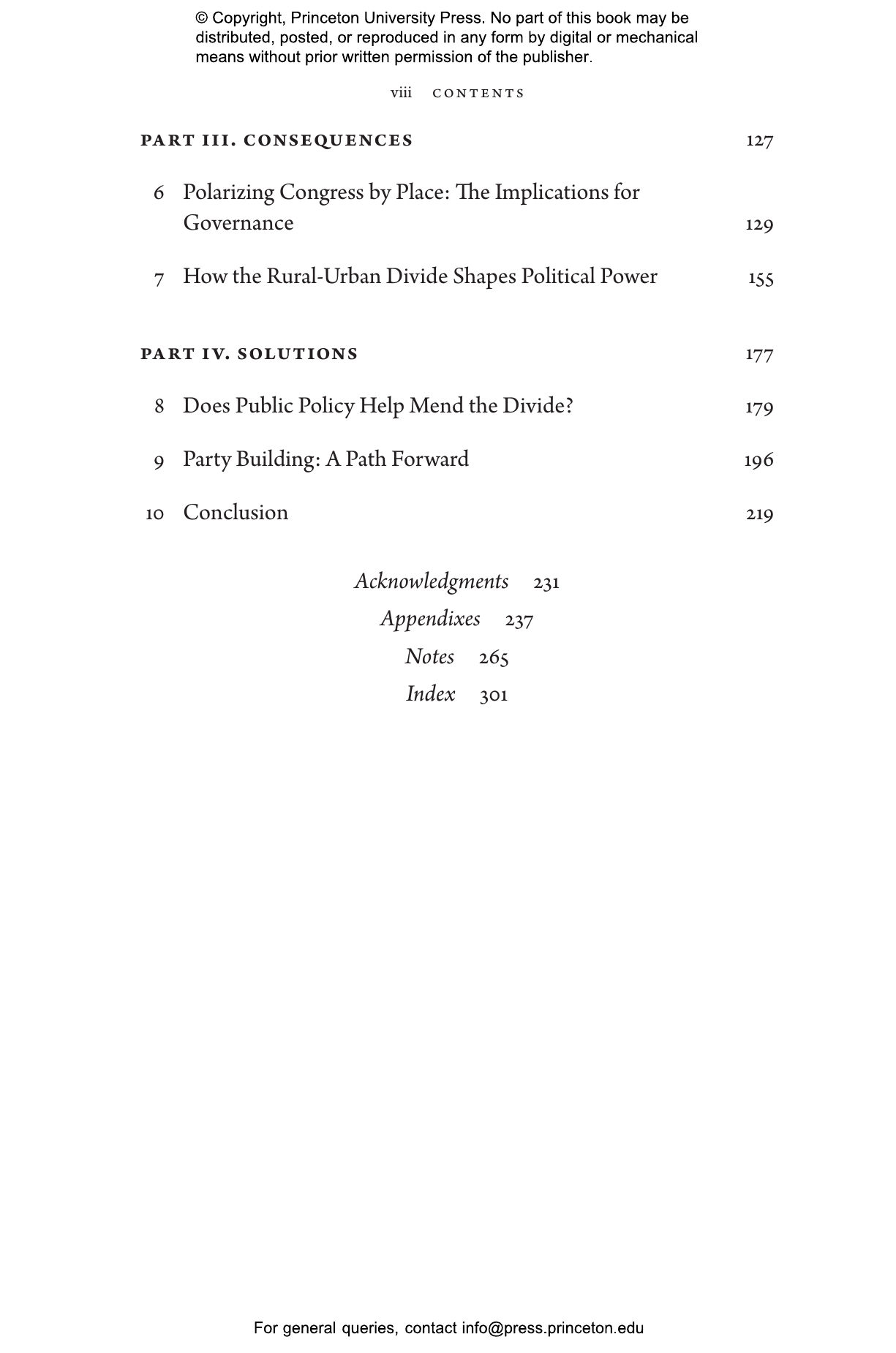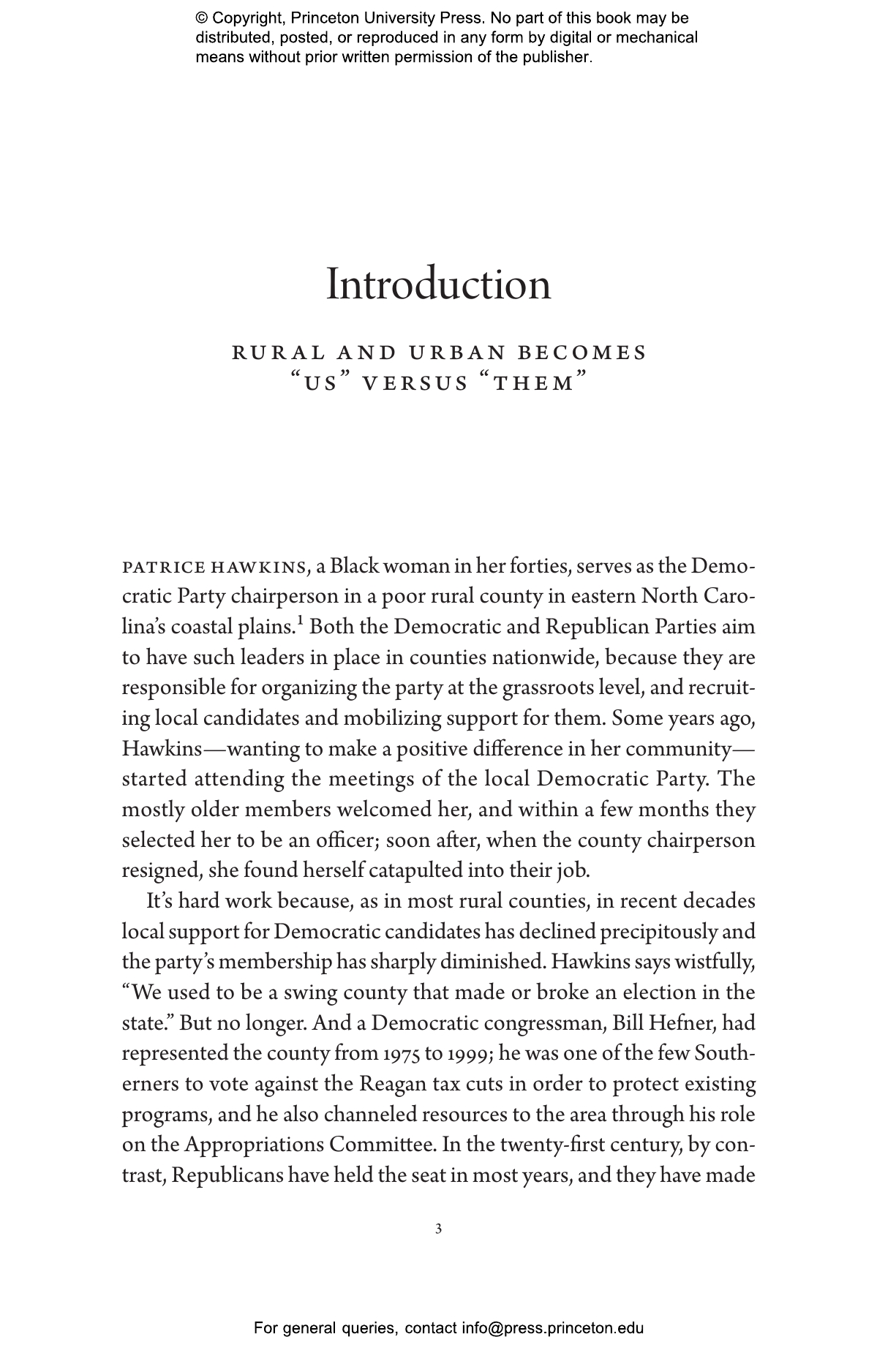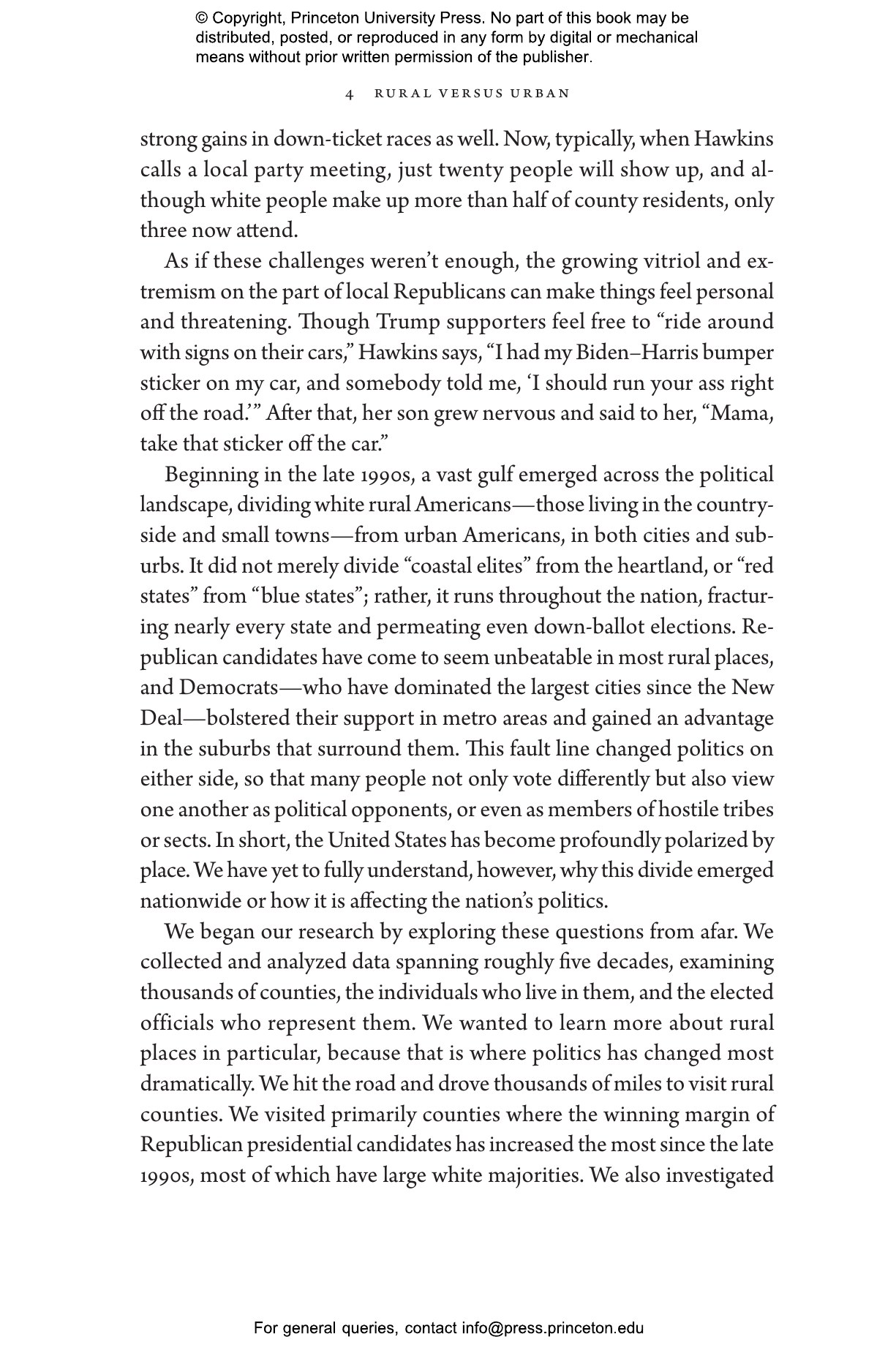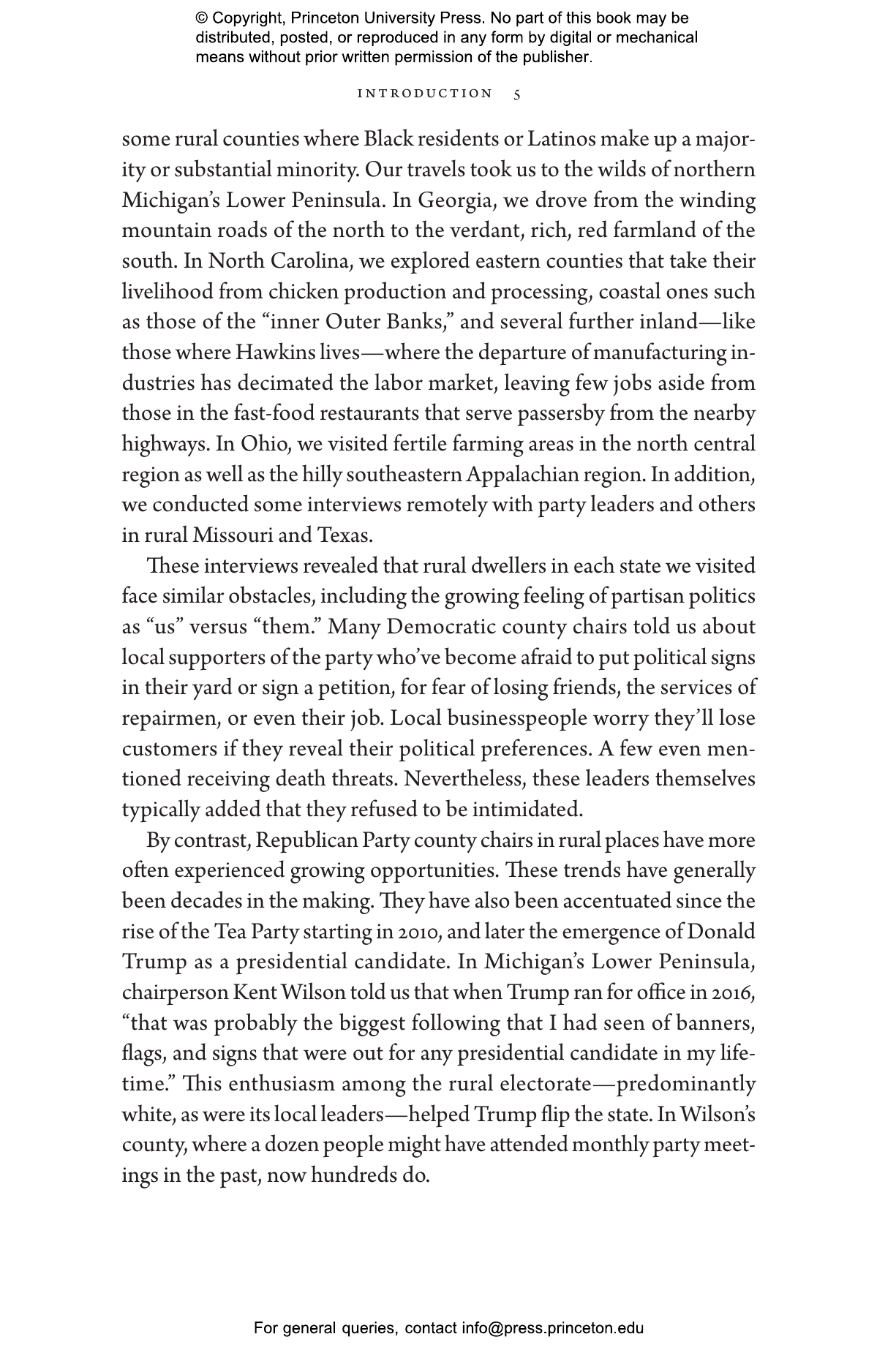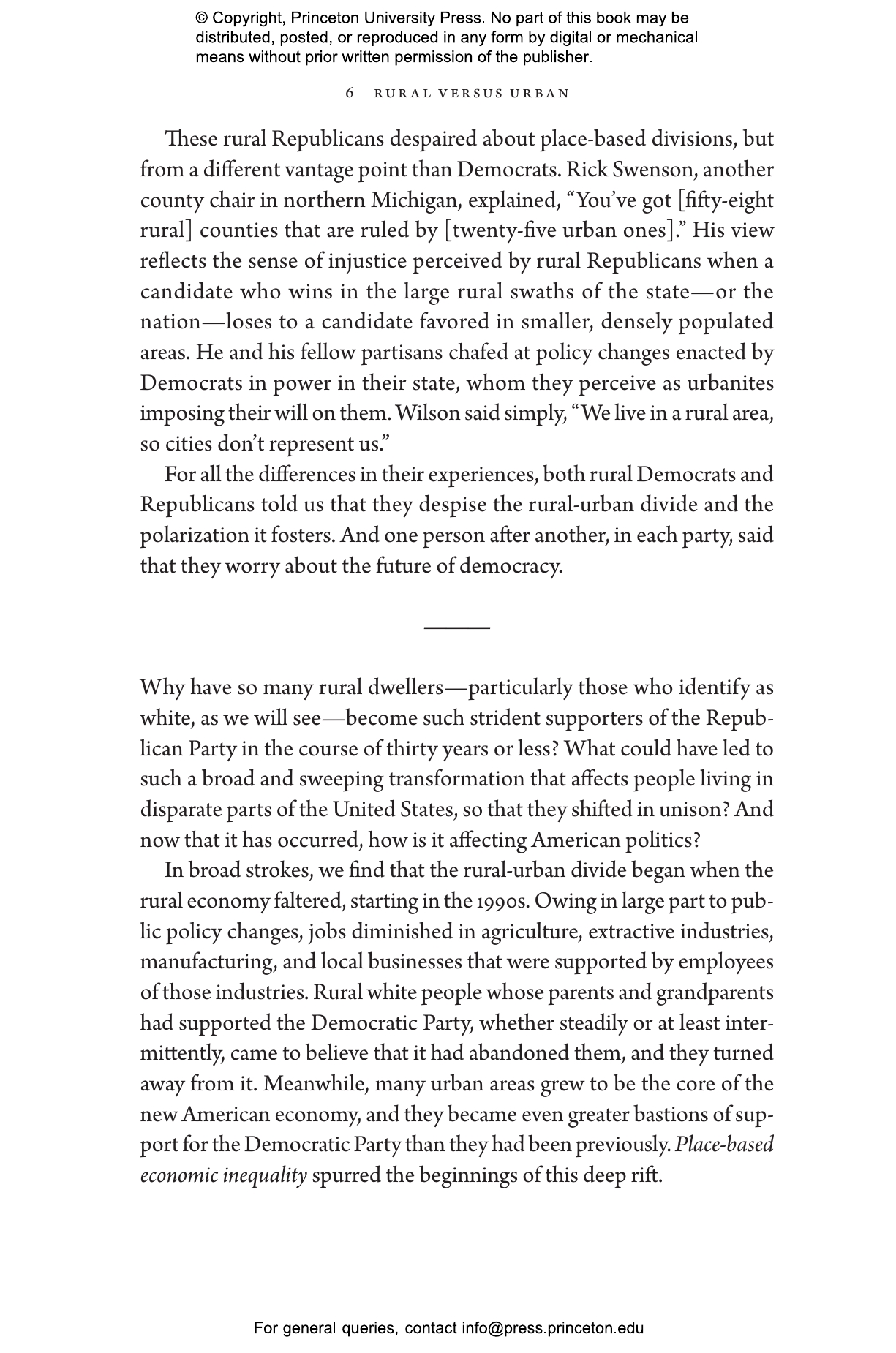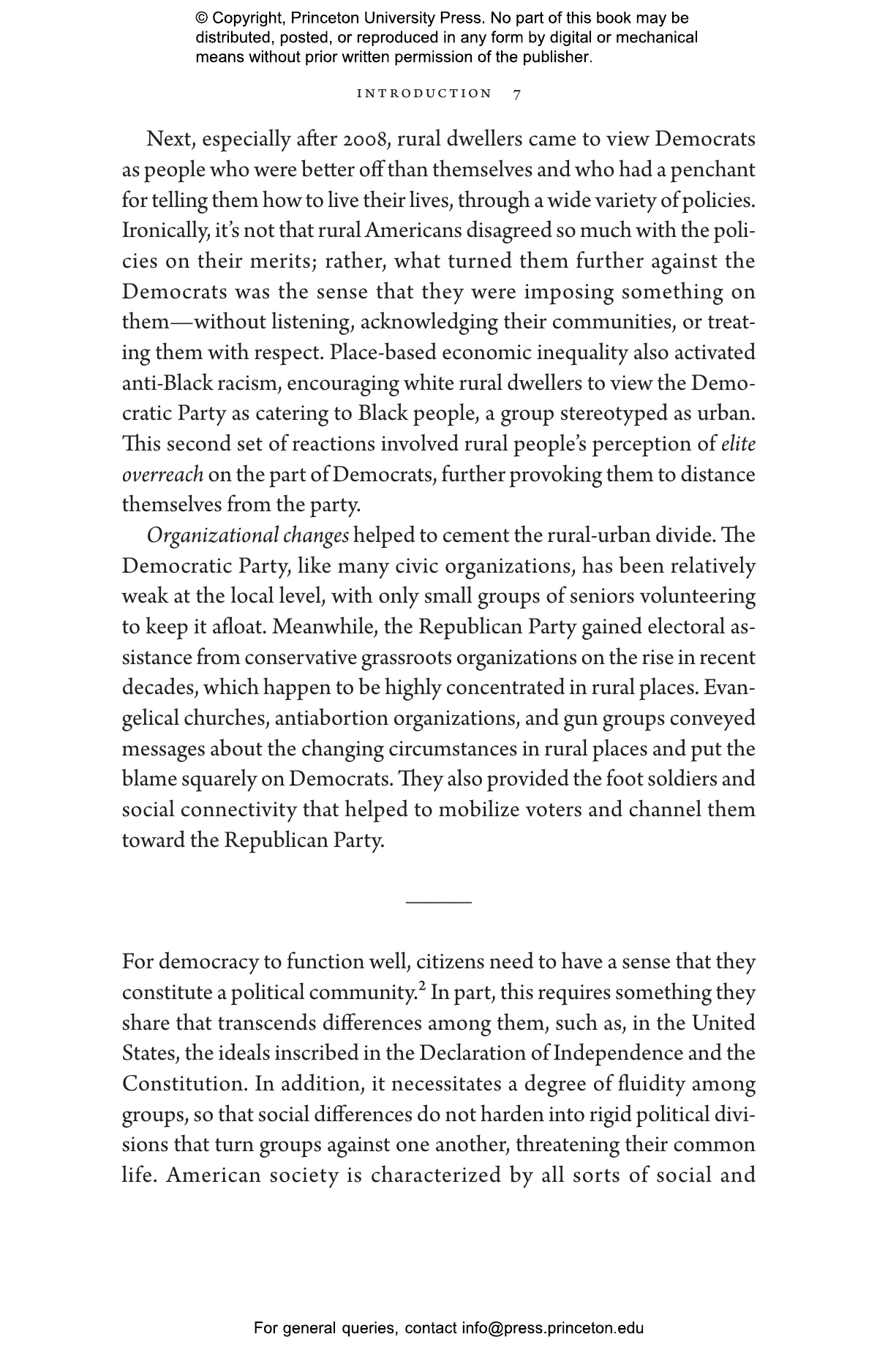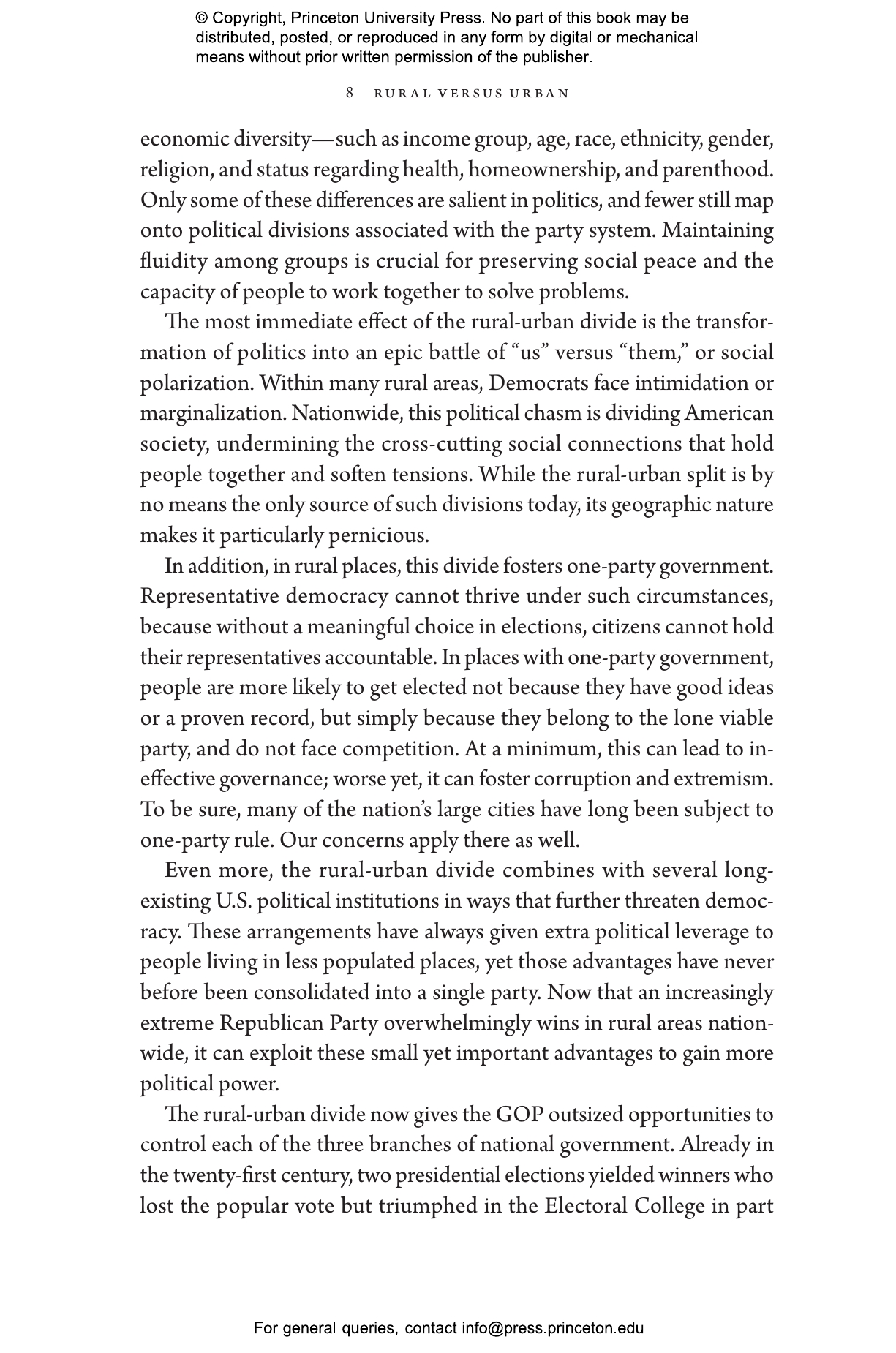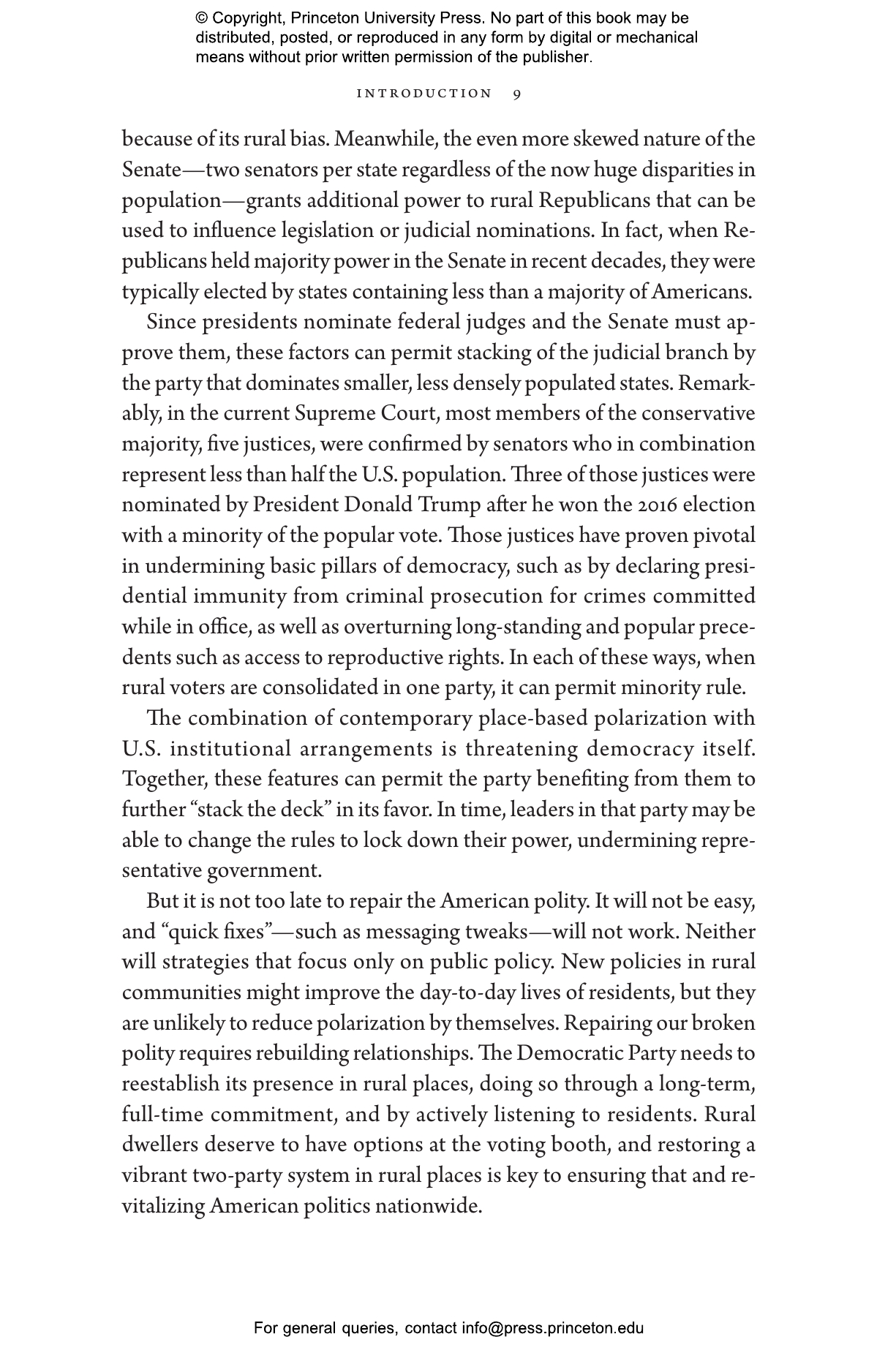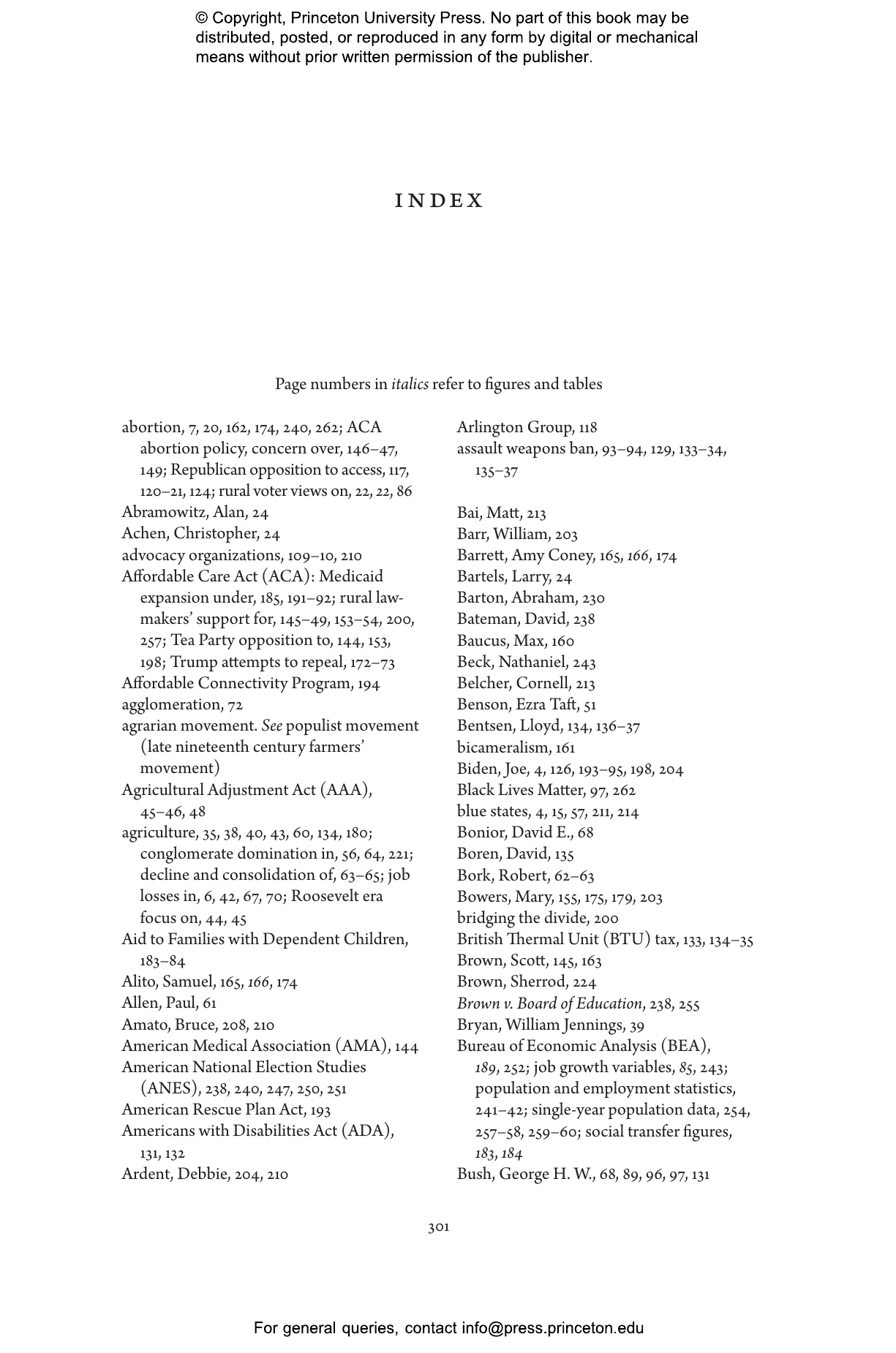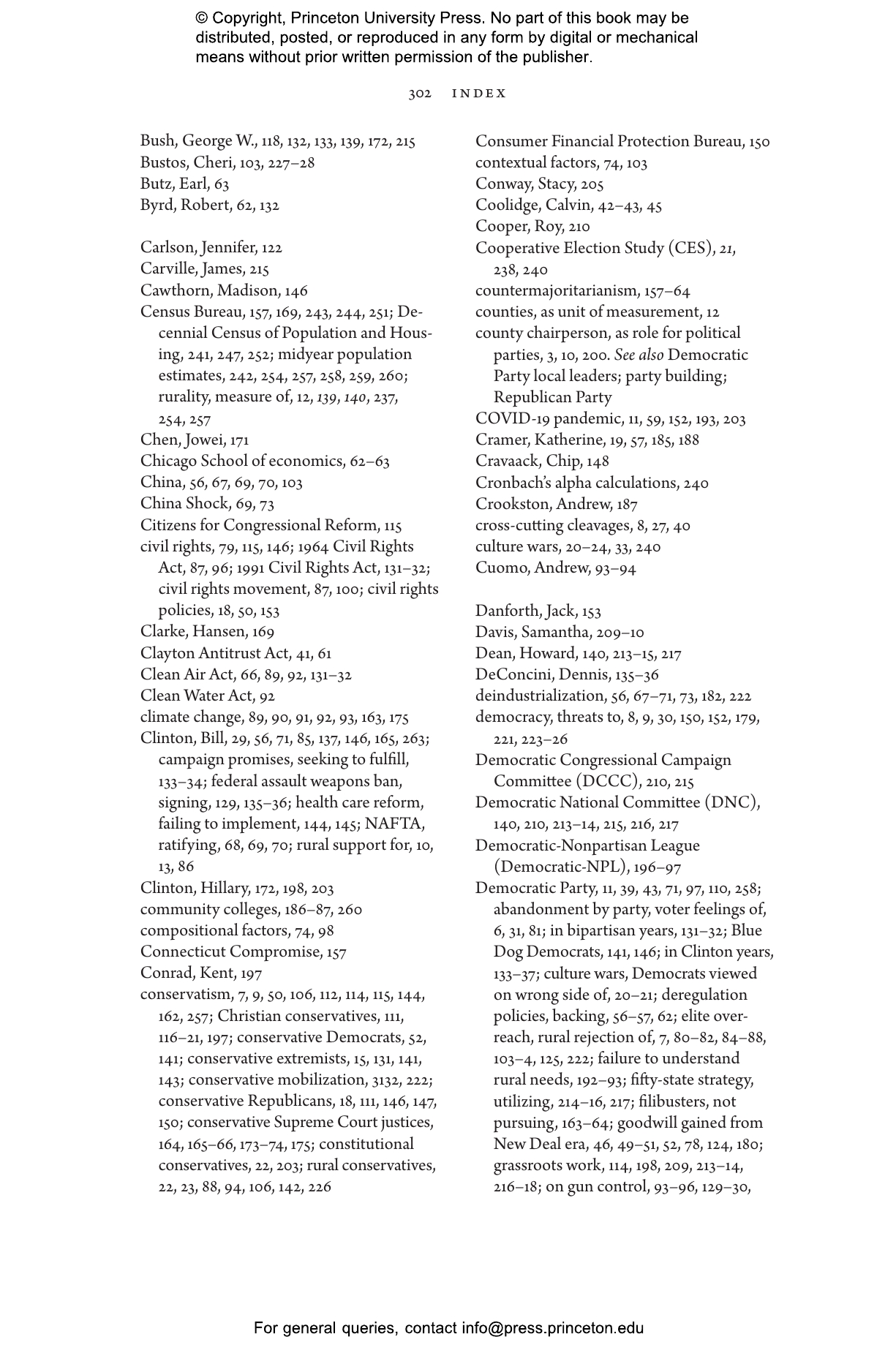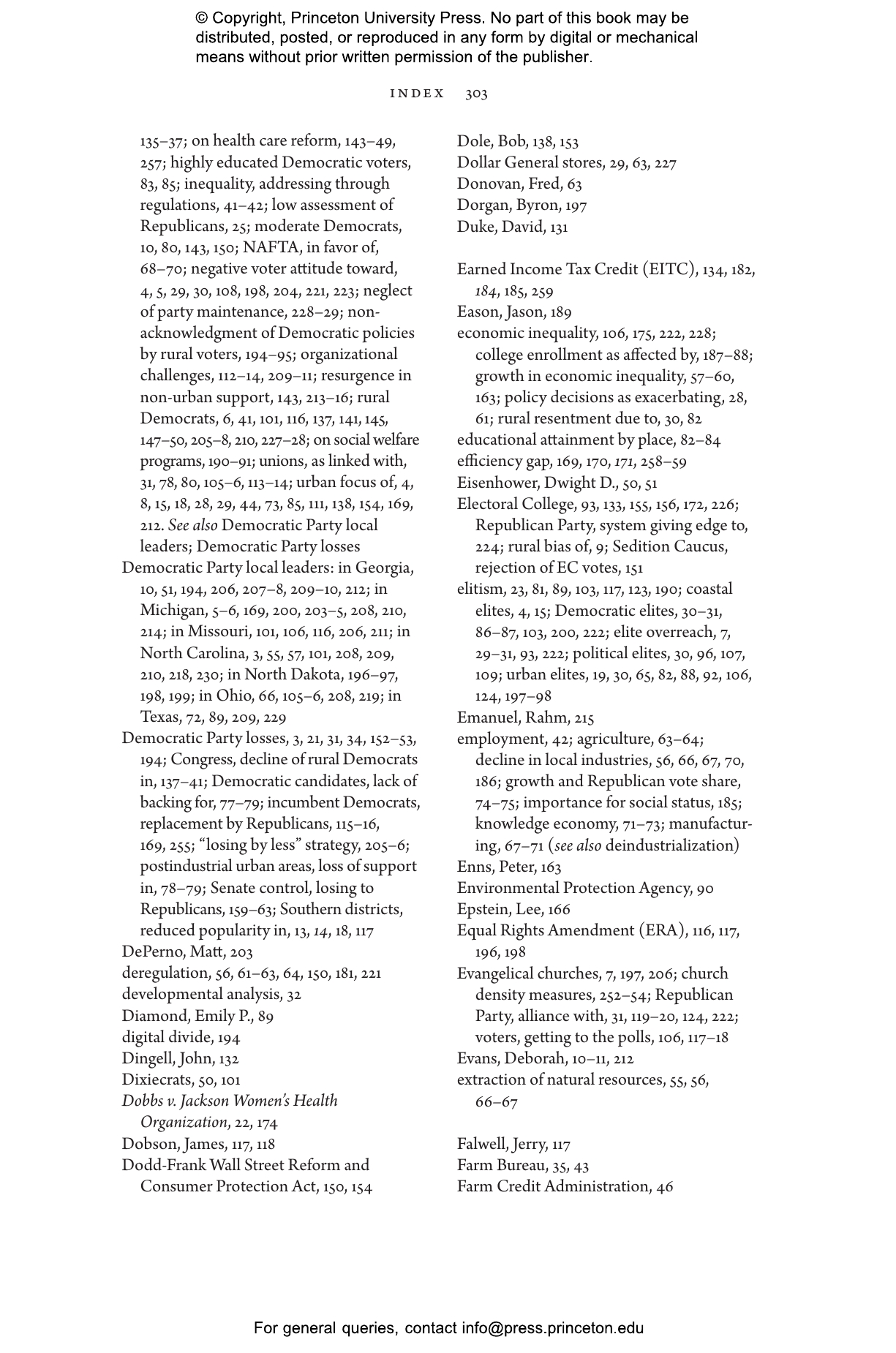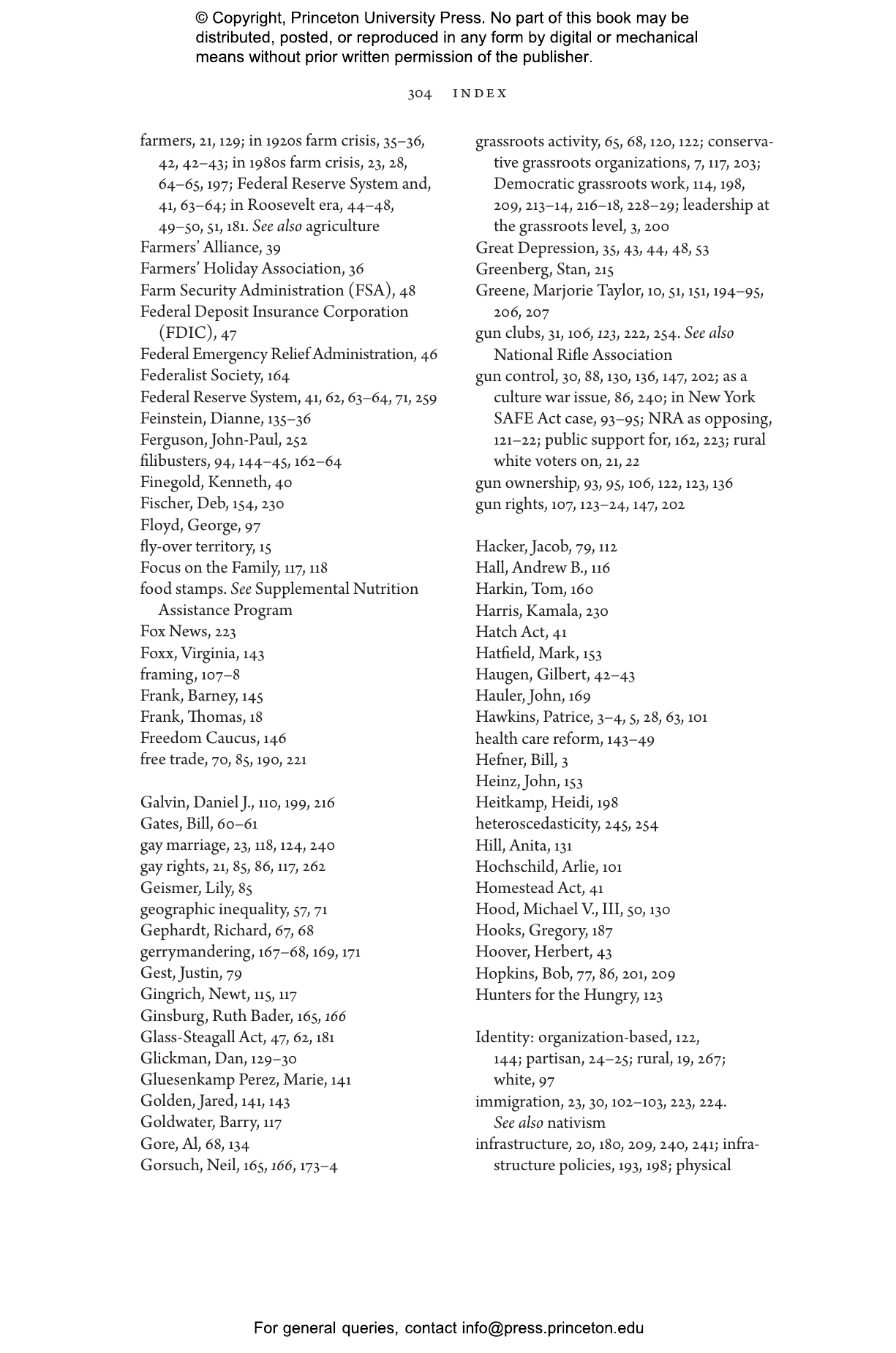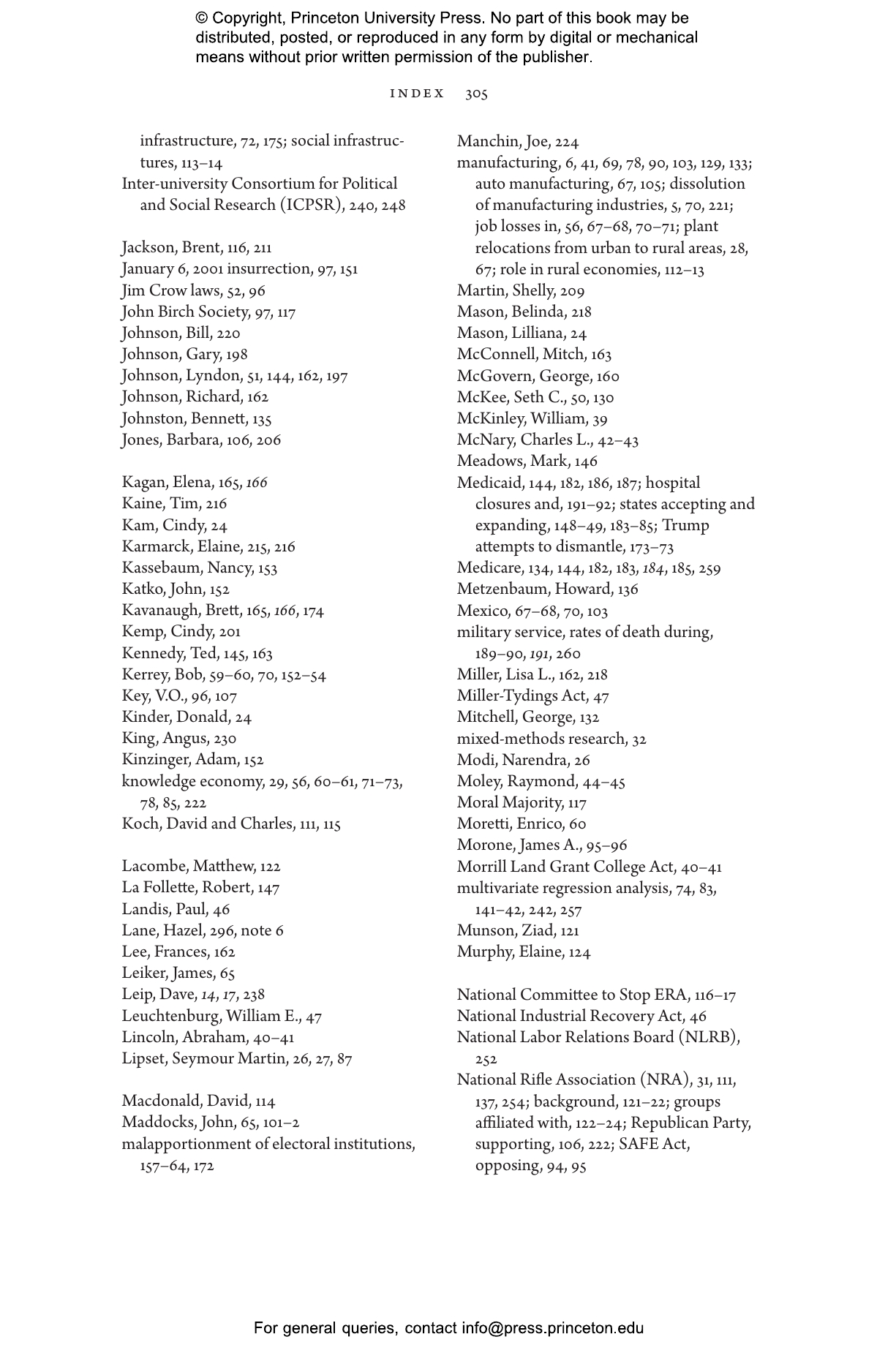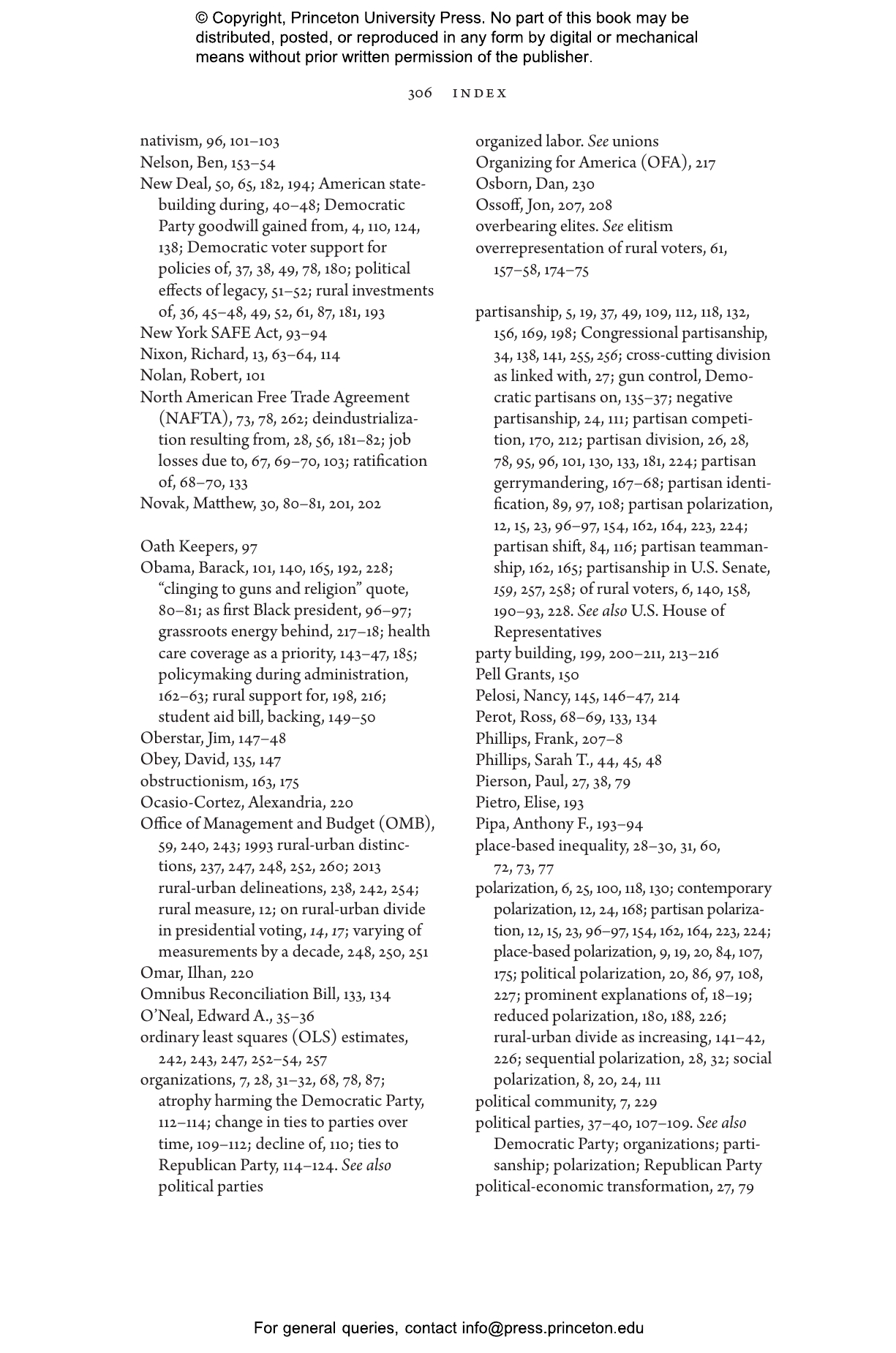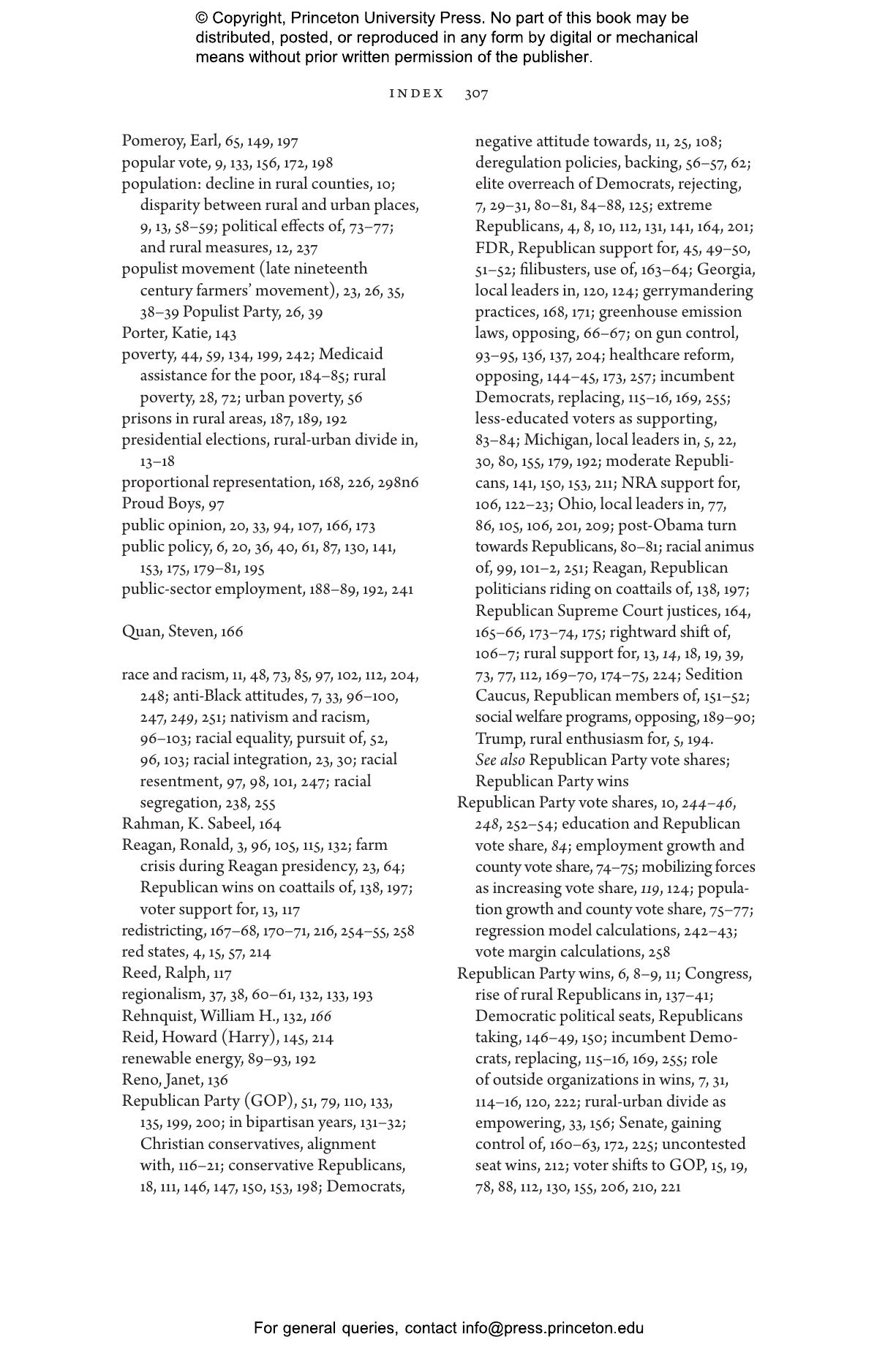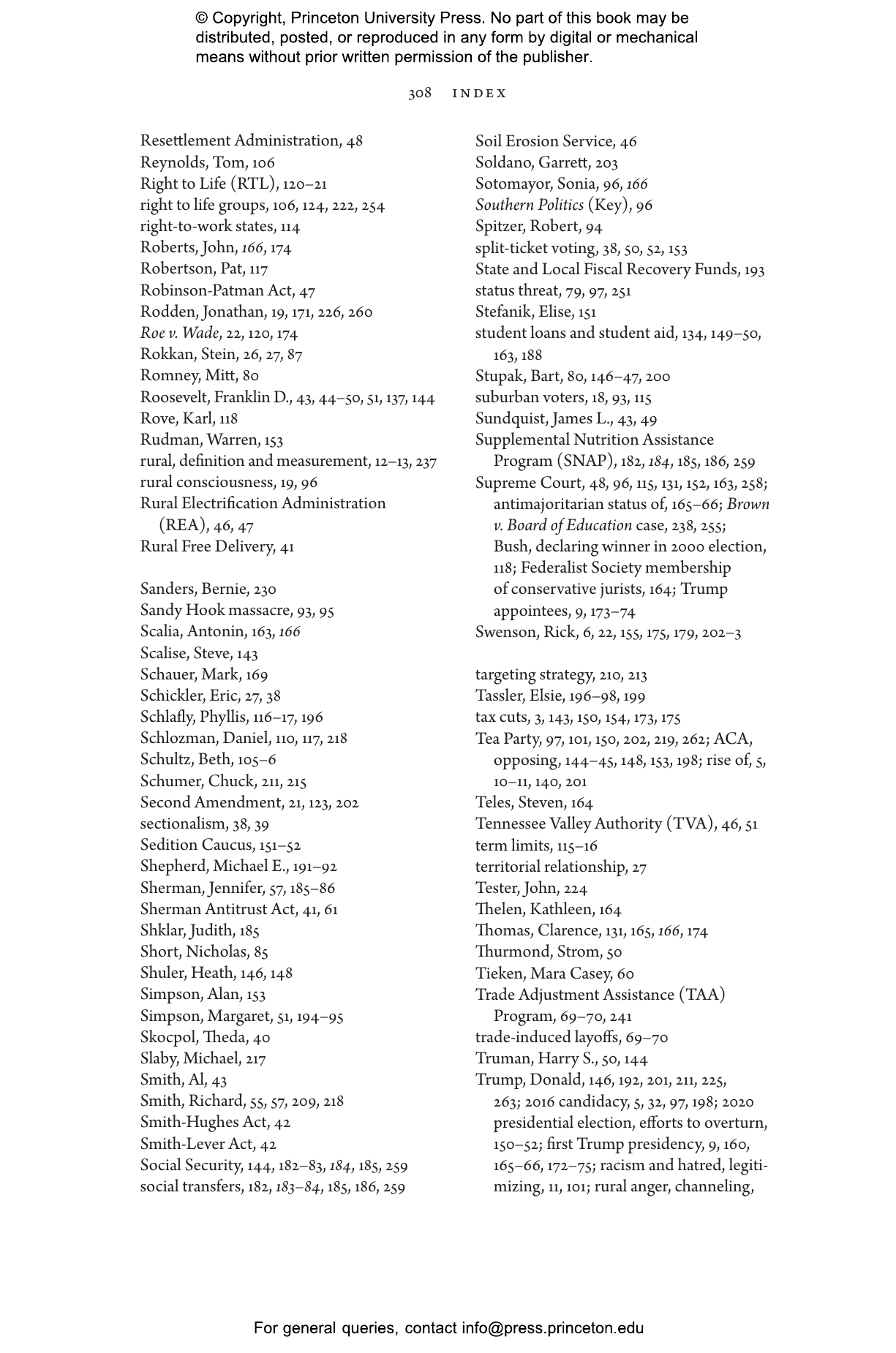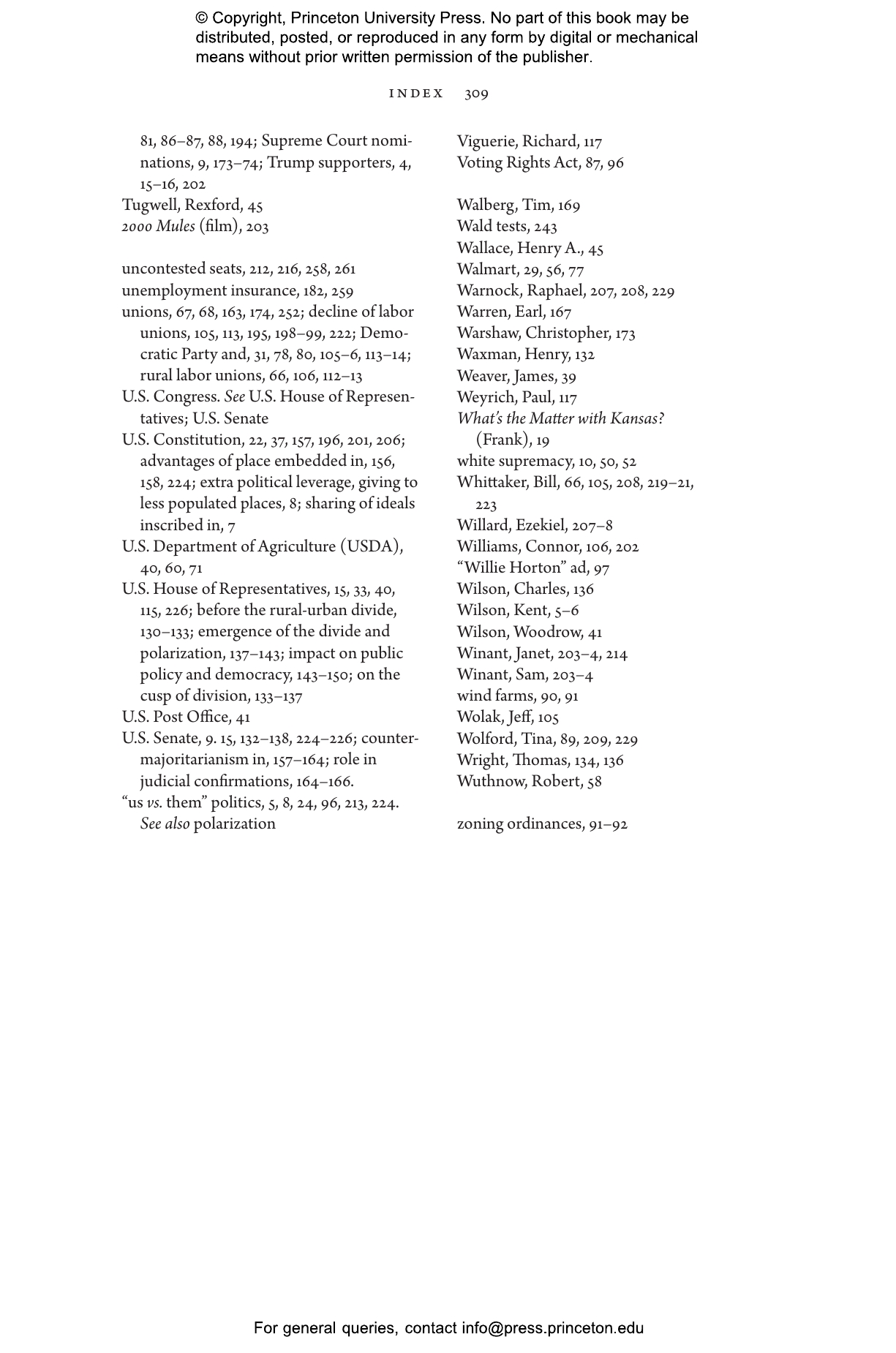Rural Versus Urban: The Growing Divide That Threatens Democracy


Hardcover
- Price:
- $29.95/£25.00
- ISBN:
- Published (US):
- Sep 23, 2025
- Published (UK):
- Nov 18, 2025
- Copyright:
- 2025
- Pages:
- 328
- Size:
- 6.13 x 9.25 in.
- 36 b/w illus. 8 tables.
ebook (EPUB via app)
ebook (PDF via app)
Why have Americans living in different places come to experience politics as a battle between ÔÇťusÔÇŁ and ÔÇťthemÔÇŁ? In Rural Versus Urban, Suzanne Mettler and Trevor Brown argue that political polarization is not just about red states and blue states, or coastal elites who alienate those in fly-over country. Instead, polarization permeates every region and every stateÔÇöand has become organized through a pernicious rural-urban division. Mettler and Brown explain the evolution of this gulf across five decades, charting political trends in both places. Drawing on data on individuals, communities, and members of Congress, as well as interviews with local party leaders and former elected officials, they show how the divide emerged and why it poses a threat to democracy.
Until about thirty years ago, both political parties attracted support from rural and urban voters. But after place-based inequality grew due to deregulation and trade liberalization, white rural dwellers began to view urban people and Democrats as affluent elites out of touch with their needs. Politically active evangelical churches, antiabortion organizations, and gun groups helped deepen the divide, encouraging many of these rural residents to become staunch supporters of the GOP. Now, regional one-party rule in rural America gives Republicans a systematic edge for gaining control of crucial political institutions, including the Senate, House of Representatives, the Presidency, and even the Supreme Court. This is helping enable an extremist political party and pushing democracy to the brink. Mettler and Brown argue that the divide can be repairedÔÇöbut only if the Democrats build their own robust local organizations and offer citizens a meaningful choice.
